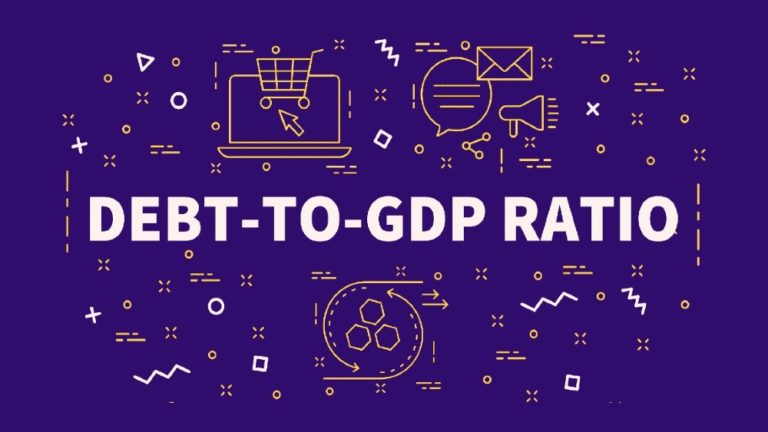According to the International Monetary Fund, India’s debt to GDP ratio increased from 74 percent to 90 percent during the COVID-19 pandemic. It is expecting it to drop down to 80 percent as a result of the country’s economic recovery. IMF said that in the case of India, the debt ratio at the end of 2019, prior to the pandemic, was 74 percent of Gross Domestic Product (GDP), and at the end of 2020, it is almost 90 percent of GDP. So, that’s a very large increase. IMF expects that the debt ratio will gradually come down as the economy recovers. In its baseline forecast under the assumption of healthy economic growth in the medium term, it feels debt returning to about 80 percent over time.
IMF feels that in emerging markets, the priority, given to the very large increases in inequality, given the large increases in public debt, is to mobilise revenues in the medium term. Given widening deficits and contraction in economic activity, debt worldwide increased sharply to 97 percent of GDP in 2020. It will increase slower to 99 percent in 2021 before stabilising below but close to 100 percent of GDP. In 2020, fiscal policy also contributed to mitigate falling economic activity and employment. It avoided falls on the scale of the great depression.
However, in the meantime, there was a record Direct Tax Collection
The Central government has collected a net amount of Rs 9.45 lakh crore as direct taxes in 2020-21. This is more than Rs 40,000 crore or 4.4% from the revised estimate presented in the Budget. The reason can be attributed to improved collections in the second half of the year, especially in the fourth quarter. The government had also been very liberal with refunds, which was up to Rs 78,000 crore or 42% on year at Rs 2.61 lakh crore. Otherwise, the net collections would have been even higher.
This would likely allow the Centre to rein in the fiscal deficit at a level slightly lower than the revised estimate of 9.5% of the GDP, at the RE levels of expenditure and other revenue streams. The National Statistical Office in the second advance estimate predicted a narrower contraction in nominal GDP of 3.8% in FY21, against a 4.2% fall estimated earlier. Robust GST collections in recent months have brightened the prospects of the Central GST collections being higher than the revised estimate.
















